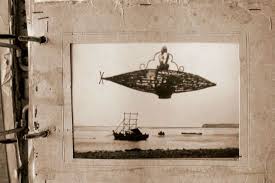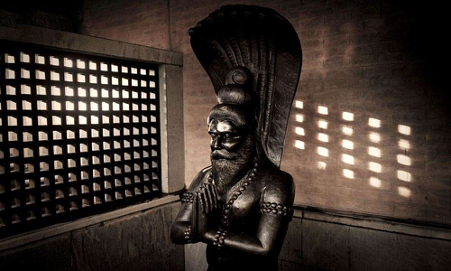
How to get URL link on X (Twitter) App


 मूल रूप से, सनातन धर्म केवल परम चेतना अर्थात् "ब्रह्म' में विश्वास करता है।
मूल रूप से, सनातन धर्म केवल परम चेतना अर्थात् "ब्रह्म' में विश्वास करता है।
 Guru Teg Bahadur, the Sikh guru who sacrificed himself for religious freedom...
Guru Teg Bahadur, the Sikh guru who sacrificed himself for religious freedom...
 It has 5 stanzas narrating in detail about conception & gradual growth of a child in the mother's womb:
It has 5 stanzas narrating in detail about conception & gradual growth of a child in the mother's womb: 
 -> The generic name for God in the Slavic world is Bog which is from Sanskrit Bhag, भग
-> The generic name for God in the Slavic world is Bog which is from Sanskrit Bhag, भग
 10.129.1
10.129.1
 The world recognized Rame Setu only when it was captured in a few NASA images, although we talked about it for ages.
The world recognized Rame Setu only when it was captured in a few NASA images, although we talked about it for ages. 

 Shivkar Bāpuji Talpade was a technical instructor in the art & craft dept. of Sir JJ School of Art where he studied Sanskrit literature & the Vedas.
Shivkar Bāpuji Talpade was a technical instructor in the art & craft dept. of Sir JJ School of Art where he studied Sanskrit literature & the Vedas.
 In his work Vaisesika Sutra, he talks about various concepts of physics such as types of substance, their attributes, and actions, atoms, the eternality of atoms, the nature of mind, consciousness, space and time, the concept of invariance, the list is long.
In his work Vaisesika Sutra, he talks about various concepts of physics such as types of substance, their attributes, and actions, atoms, the eternality of atoms, the nature of mind, consciousness, space and time, the concept of invariance, the list is long.

 Santan is a pluralistic religion & allows people to express fondness for God in their own way.
Santan is a pluralistic religion & allows people to express fondness for God in their own way. 
 The process of Yagna is described as the most important Karma in the Karmakand of Vēdas
The process of Yagna is described as the most important Karma in the Karmakand of Vēdas
 Upanishads are one of the primary Hindu texts.
Upanishads are one of the primary Hindu texts. 
 The history of Yoga can be traced from Vedic scripture to the modern period, throughout which it underwent successive refinements.
The history of Yoga can be traced from Vedic scripture to the modern period, throughout which it underwent successive refinements. 
 Sushruta is known for his pioneering operations & techniques & for his influential treatise 'Sushruta Samhita', the main source of knowledge about surgery in ancient India.
Sushruta is known for his pioneering operations & techniques & for his influential treatise 'Sushruta Samhita', the main source of knowledge about surgery in ancient India.
 He was born near Vijjadavida (Bijapur in modern Karnataka).
He was born near Vijjadavida (Bijapur in modern Karnataka). 
 Aryabhata (476–550 CE):
Aryabhata (476–550 CE):